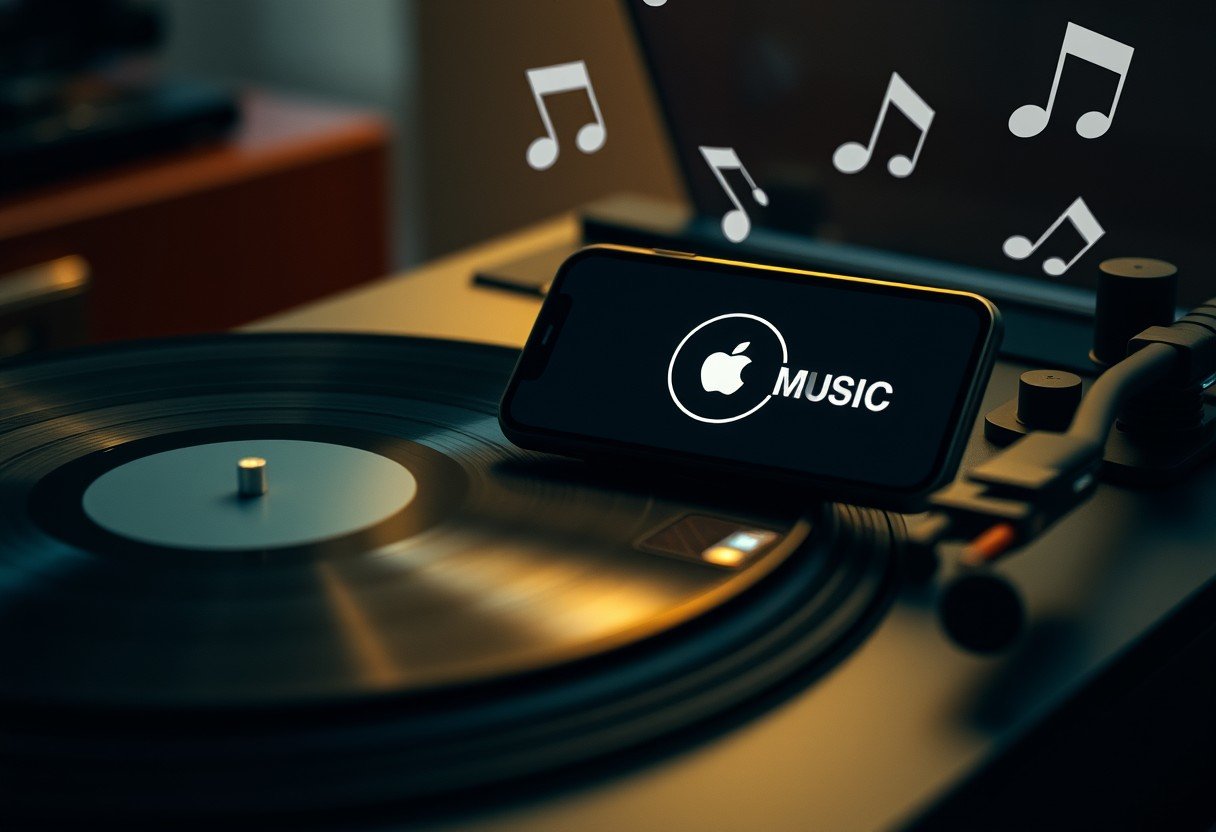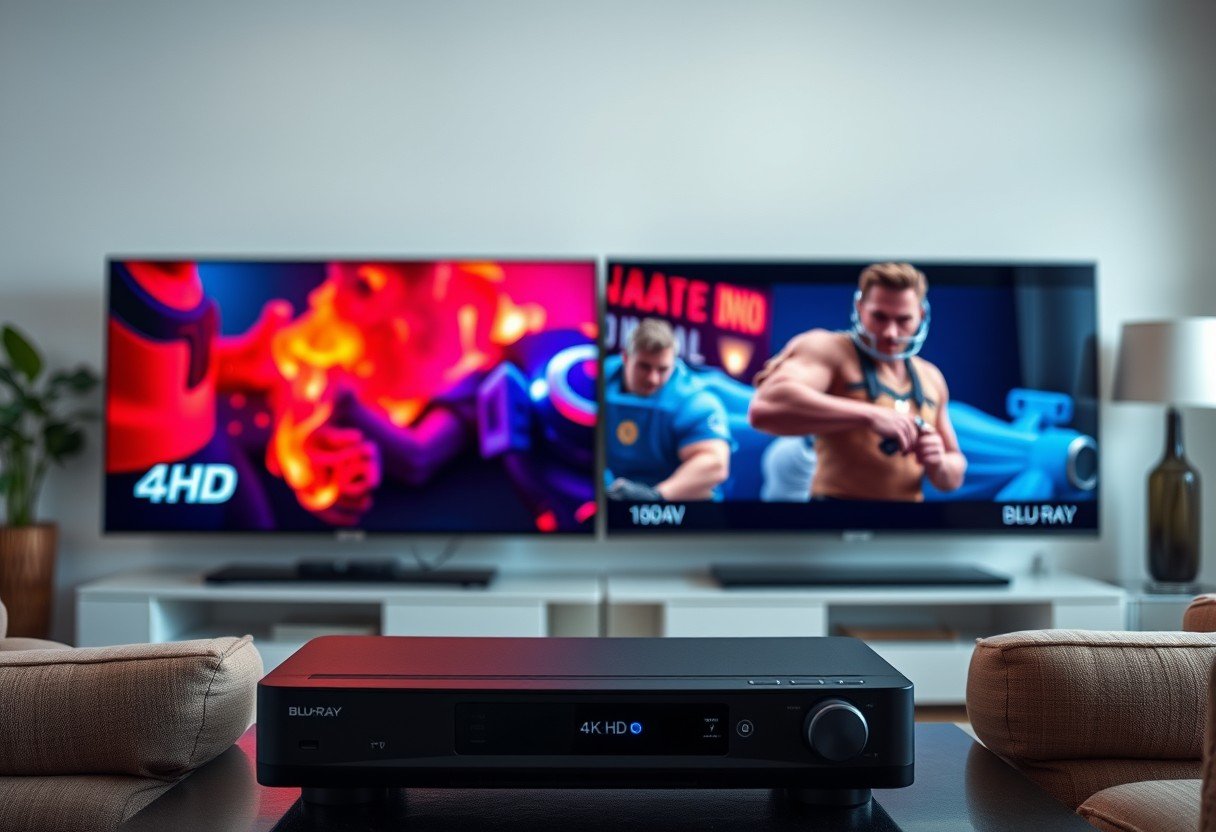Many users notice that Spotify’s sound can sometimes lack the crispness and depth they expect. This often happens because streaming services need to balance audio fidelity with speed and data usage. Spotify uses compression to make music files smaller for quick streaming, but this process can remove some details from the sound. Your device, headphones, and even your internet connection also play a huge role. This guide will explain these factors and show you how to get the best possible audio from your account.
Understanding Why Spotify’s Audio Can Sound Different
The core of Spotify’s sound quality lies in two technical concepts: bitrate and compression. Think of bitrate as the amount of data used to create one second of a song. A higher bitrate means more data, which generally results in a richer and more detailed sound.
Spotify uses a method called lossy compression to stream music efficiently. This technique shrinks the audio file size by removing parts of the sound that are considered least audible to the human ear. While this allows for smooth playback with less buffering, it can sacrifice some of the original recording’s nuances. This is why audiophiles sometimes notice a difference between Spotify and a CD or lossless audio file.
The specific format Spotify uses is called Ogg Vorbis. It is very efficient at providing good quality for its file size, but it is still a lossy format. This trade-off between convenience and perfect fidelity is at the heart of the streaming experience for most users.
Key Factors That Reduce Your Spotify Sound Quality
Several elements can work together to degrade your listening experience. Often, it’s not just one thing but a combination of factors that leads to subpar audio. Being aware of them is the first step toward fixing the problem.
Some of the most common culprits are your settings and your hardware. Many people never change the default audio quality in the app, which is set to save data rather than provide the best sound. Your choice of headphones or speakers can also be a major bottleneck, as low-quality gear cannot reproduce the full detail of a track.
Here are the primary factors that affect your audio quality:
- Default Audio Settings: Spotify’s automatic setting prioritizes uninterrupted streaming over high fidelity, often resulting in a lower bitrate.
- Network Connection: A weak or unstable Wi-Fi or cellular connection can force Spotify to automatically lower the streaming quality to prevent buffering.
- Hardware Limitations: The quality of your headphones, speakers, or your device’s internal digital-to-analog converter (DAC) can limit the sound quality you hear.
- The Original Recording: Some tracks are mastered to be very loud, which reduces the dynamic range and can make the music sound less detailed, regardless of streaming quality.
How to Instantly Improve Your Spotify Audio Settings
One of the easiest ways to get better sound from Spotify is right inside the app’s settings menu. If you are a Premium subscriber, you have access to a much higher quality streaming option that can make a noticeable difference.
To change your settings, open Spotify and go to Home, then tap Settings. From there, find the “Audio Quality” section. You will see separate options for Wi-Fi streaming, Cellular streaming, and Downloads. For the best possible sound, set the Wi-Fi streaming and Download quality to “Very High.” This will stream and save music at approximately 320 kbps, the highest quality Spotify offers.
Be mindful that setting Cellular streaming to “Very High” will use significantly more mobile data. A good strategy is to use the “Very High” setting to download your favorite playlists and albums over Wi–Fi. This allows you to listen to top-quality audio offline without using your cellular data.
Spotify’s Quality Compared to Other Music Services
When you look at the broader streaming market, you’ll see that different services prioritize different things. While Spotify focuses on a massive library, podcasts, and discovery features, other platforms have made high-fidelity, or “lossless,” audio their main selling point.
Lossless audio preserves every single detail of the original recording, offering sound that is identical to the studio master. Services like Apple Music, Amazon Music HD, and Tidal offer lossless and hi-res lossless options that far exceed Spotify’s maximum 320 kbps quality. For listeners with high-end audio equipment, the difference can be significant.
Here is a quick comparison of the maximum audio quality available on major platforms:
| Service | Maximum Audio Quality |
|---|---|
| Spotify | 320 kbps (Lossy) |
| Apple Music | Lossless (Up to 24-bit/192 kHz) |
| Tidal | HiRes FLAC (Up to 24-bit/192 kHz) |
| Amazon Music HD | Ultra HD (Up to 24-bit/192 kHz) |
For many people listening on standard earbuds or in a noisy environment, the difference may not be obvious. However, if you care about hearing music in its purest form, other services currently offer a technically superior product.
Does Your Phone or Headphones Make a Difference?
Absolutely. Your playback hardware is often the weakest link in your audio chain. You can be streaming at the highest quality, but if your headphones or speakers are not capable of reproducing the sound accurately, you will lose all of that extra detail.
Think of it like watching a 4K movie on an old standard-definition television. The source material is high quality, but the screen can’t display it properly. The same is true for audio. Basic earbuds that come with a phone or cheap Bluetooth speakers simply cannot produce the wide range of frequencies and dynamic details present in a well-recorded track.
Investing in a decent pair of headphones or speakers is one of the most effective ways to upgrade your entire listening experience. You don’t need to spend a fortune, but moving beyond the most basic options will unlock a level of clarity and depth that you were previously missing, regardless of your streaming service.
The Role of Your Internet Connection
Your internet connection is the bridge that delivers music from Spotify’s servers to your device, and its stability directly impacts sound quality. Spotify uses what is called adaptive bitrate streaming. This means the app constantly monitors your network speed.
If your connection becomes slow or unstable, Spotify will automatically reduce the audio bitrate to ensure the music doesn’t stop and start buffering. You might not even notice it happening, other than a subtle drop in richness or clarity. This is why a song might sound great one moment and a little flat the next, especially if you are moving around and switching between Wi-Fi and cellular data.
To avoid this, downloading playlists for offline listening is the best solution. When you play a downloaded track, the file is already on your device at a fixed quality, so network fluctuations have no effect on the sound.
Frequently Asked Questions about Spotify’s Sound Quality
Why does my Spotify music sound muffled or flat?
This is often caused by streaming at a low bitrate due to default settings or a poor internet connection. Try changing your audio quality settings to “High” or “Very High” and consider downloading tracks over Wi-Fi for consistent quality.
Is Spotify Premium worth it just for better sound quality?
If sound quality is important to you, then yes. The “Very High” quality setting (320 kbps) is only available to Premium subscribers and offers a significantly more detailed listening experience compared to the free tier’s maximum of 160 kbps.
Can I get lossless or HiFi audio on Spotify?
As of now, Spotify does not offer a lossless audio tier. The company has announced plans for “Spotify HiFi” in the past, but it has not yet been released to the public. For true lossless audio, you will need to use a different service like Apple Music or Tidal.
How can I improve Spotify’s sound without changing my subscription?
Beyond adjusting your quality settings, you can use the built-in Equalizer in Spotify’s settings. This allows you to boost or cut specific frequencies to tailor the sound to your headphones and personal taste, which can help compensate for some audio issues.
Does the type of music I listen to affect sound quality?
Yes, to an extent. Complex music with many layers, like classical or jazz, often benefits more from high-bitrate streaming because there are more subtle details to be lost during compression. However, the quality of the original recording and mastering has the biggest impact of all.








Leave a Comment